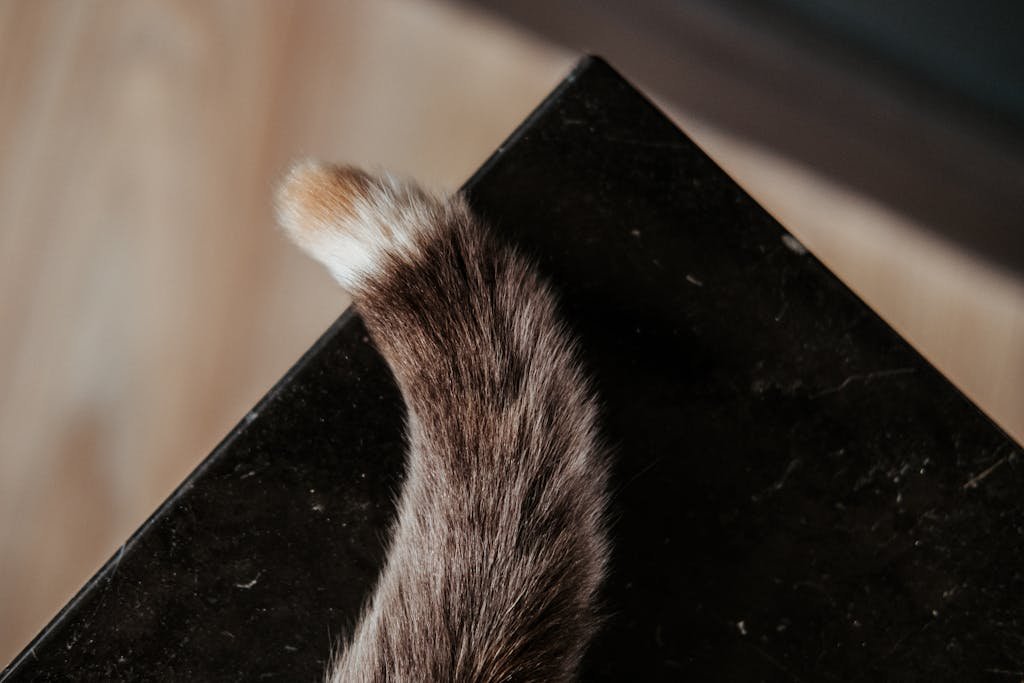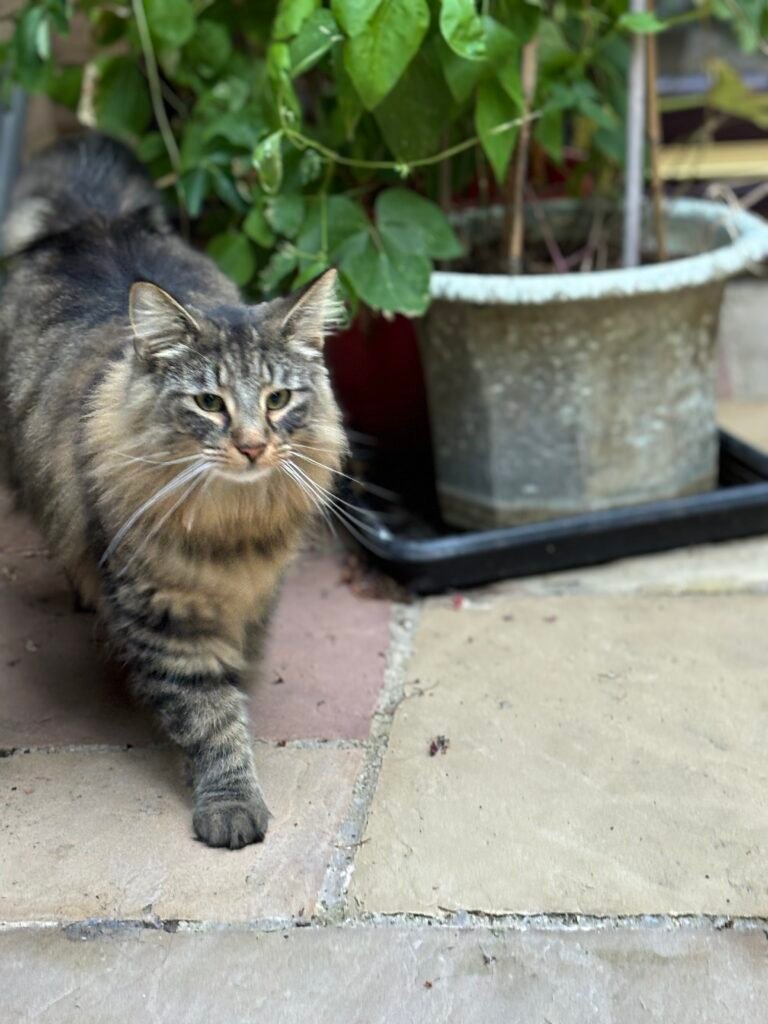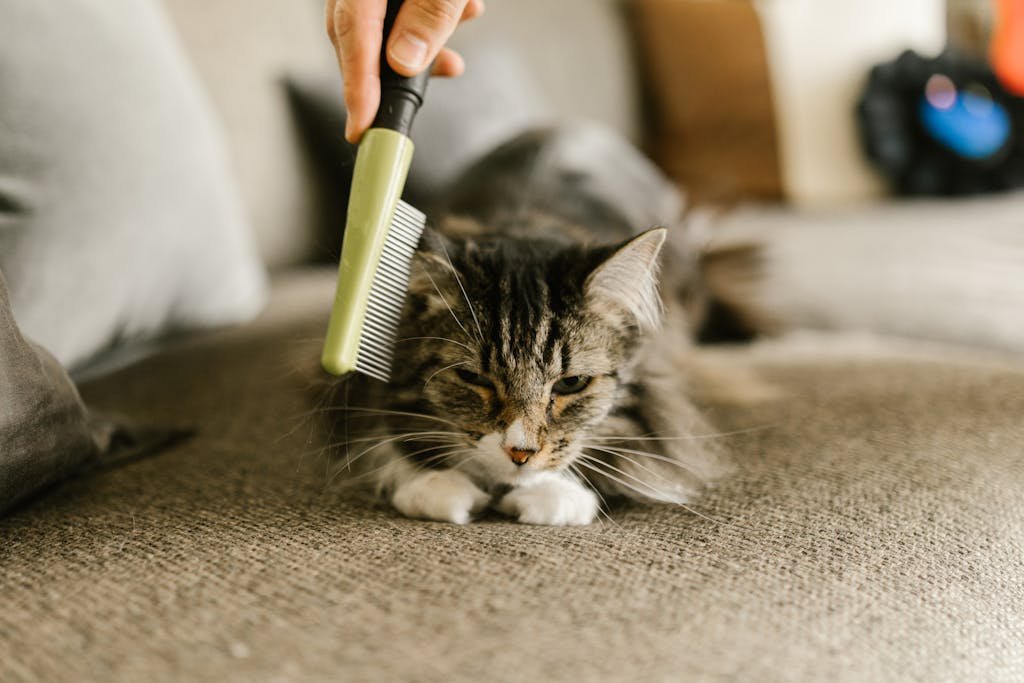A Guide to Cat Sleep and Naps
The Sleep-Activity Balance
While cats sleep for 12-15 hours daily, you might’ve thought it’d be longer. Unlike dogs who need 16-18 hours, cats are busy patrolling and hunting during their waking hours. Fun fact: only 1 in 15 stalking attempts leads to a catch, so they’ve got a full-time job just securing dinner in the wild.
The Importance of Open Doors
Your cat loves confined spaces, but paradoxically, they don’t like to be confined by you. Scratching at closed doors isn’t about hierarchy; it’s about being masters of their domain. Cats vary in confidence levels, so let’s not rush to tag them as moody or bossy.
Territory Explained
- Core Territory: This is where they find essential resources like food and water.
- Border Territory: They’ll defend up to this limit, including your garden.
- Home Range: They won’t defend this area but will explore it.
Sleep Sanctuary Tips
- It’s Not About Plush: Cats prefer familiar scents over a new, cosy bed.
- Elevation Helps: Consider high spots as ideal resting places.
- Reuse, Recycle: Large Amazon boxes make great cat beds—simple and effective.
Design with a Cat’s Eye View
With modern home layouts, consider where your cat could retreat for safety. An empty kitchen cupboard or the top of a wardrobe could become their favourite sleep spots.
Top Tips for Bedding and Carriers
- Carrier Familiarity: Keep the cat carrier as a regular item in your home to make vet visits less stressful.
- Temperature Comfort: For older or arthritic cats, heated pads can offer extra comfort.
Health Checks for Sleep
If your cat’s sleeping patterns seem off, consult a vet. Issues like arthritis might influence where they choose to nap.
So remember, understanding your cat’s territory and comfort zones will lead to a happier, well-rested feline companion.








